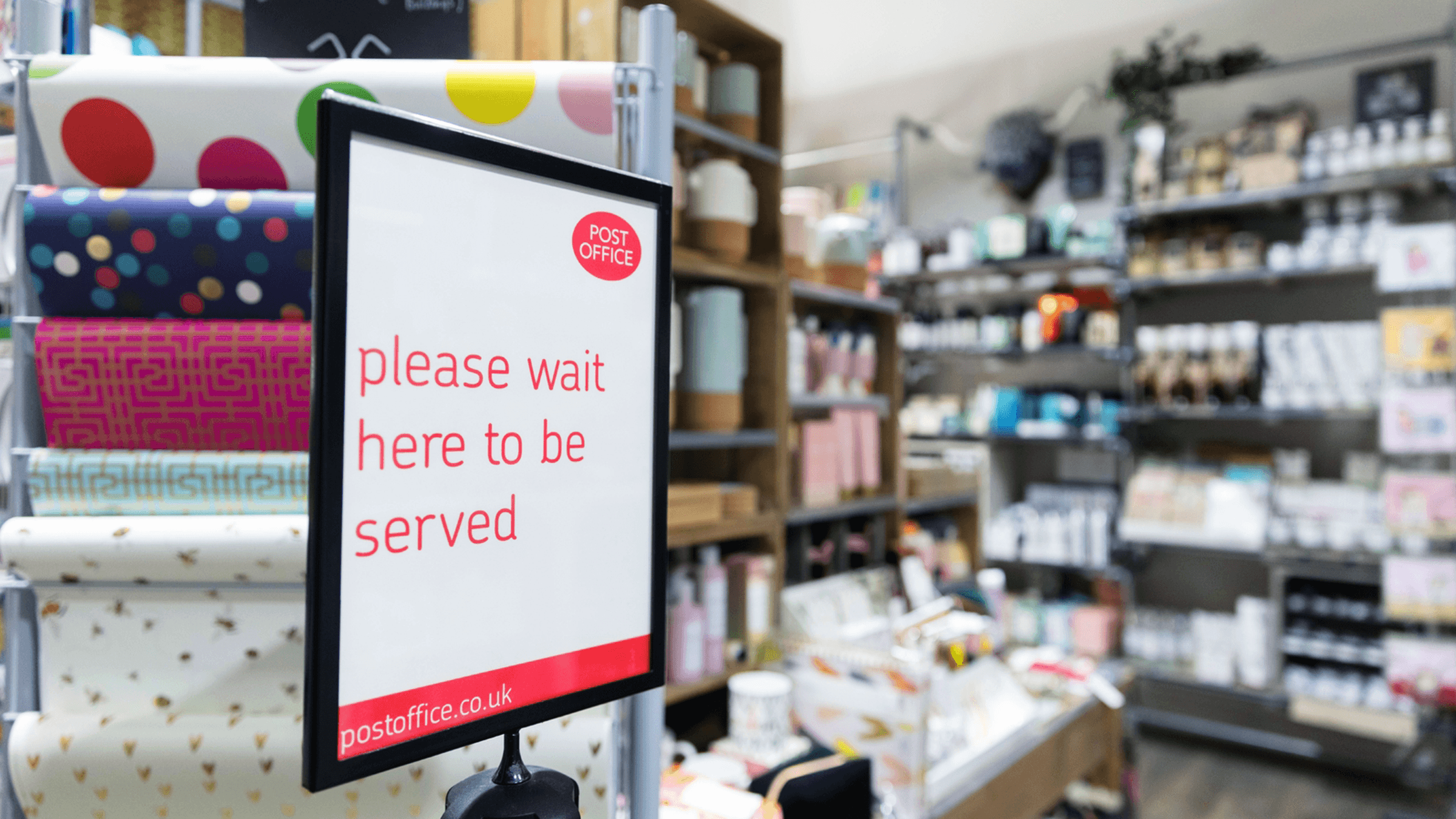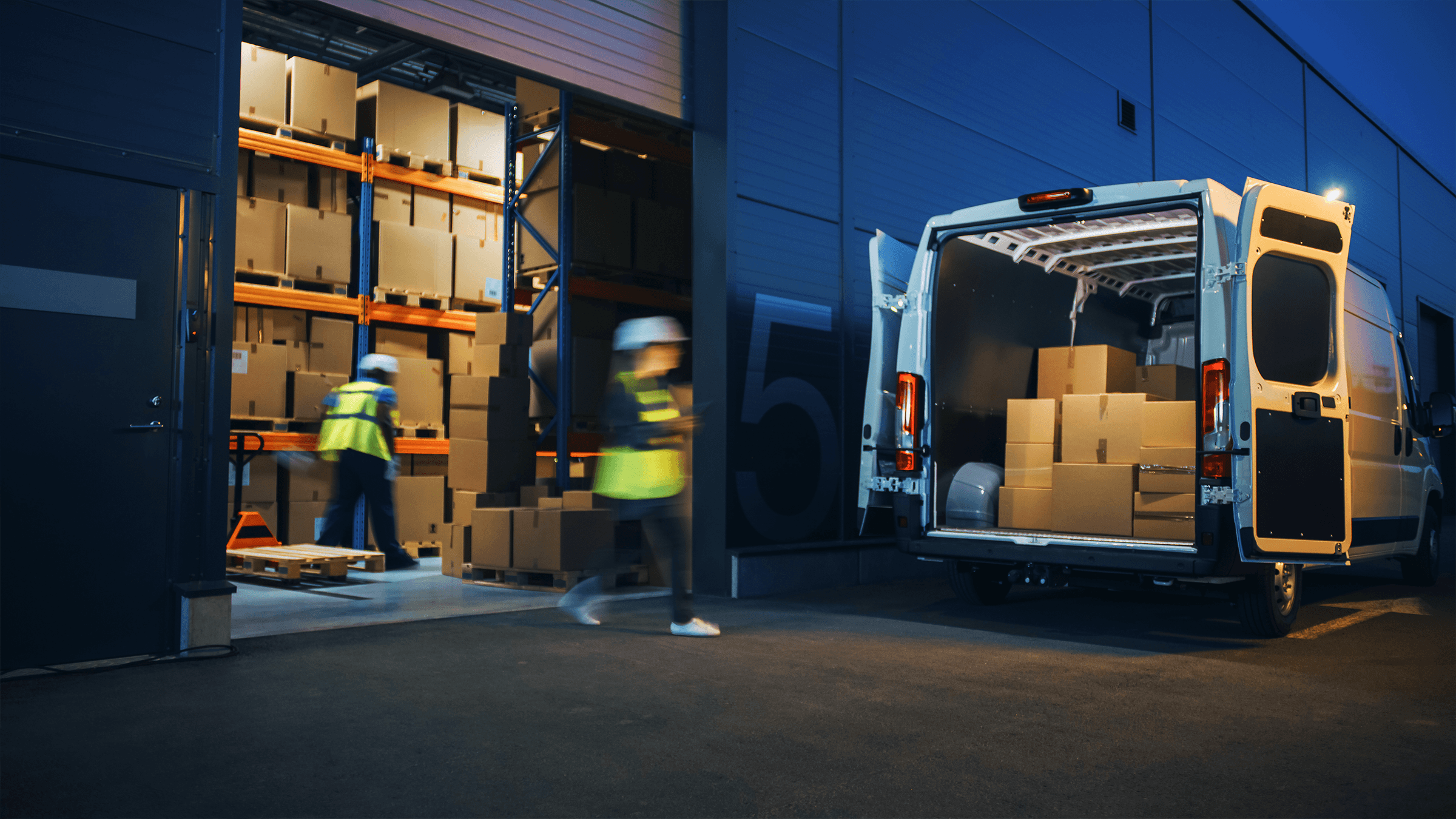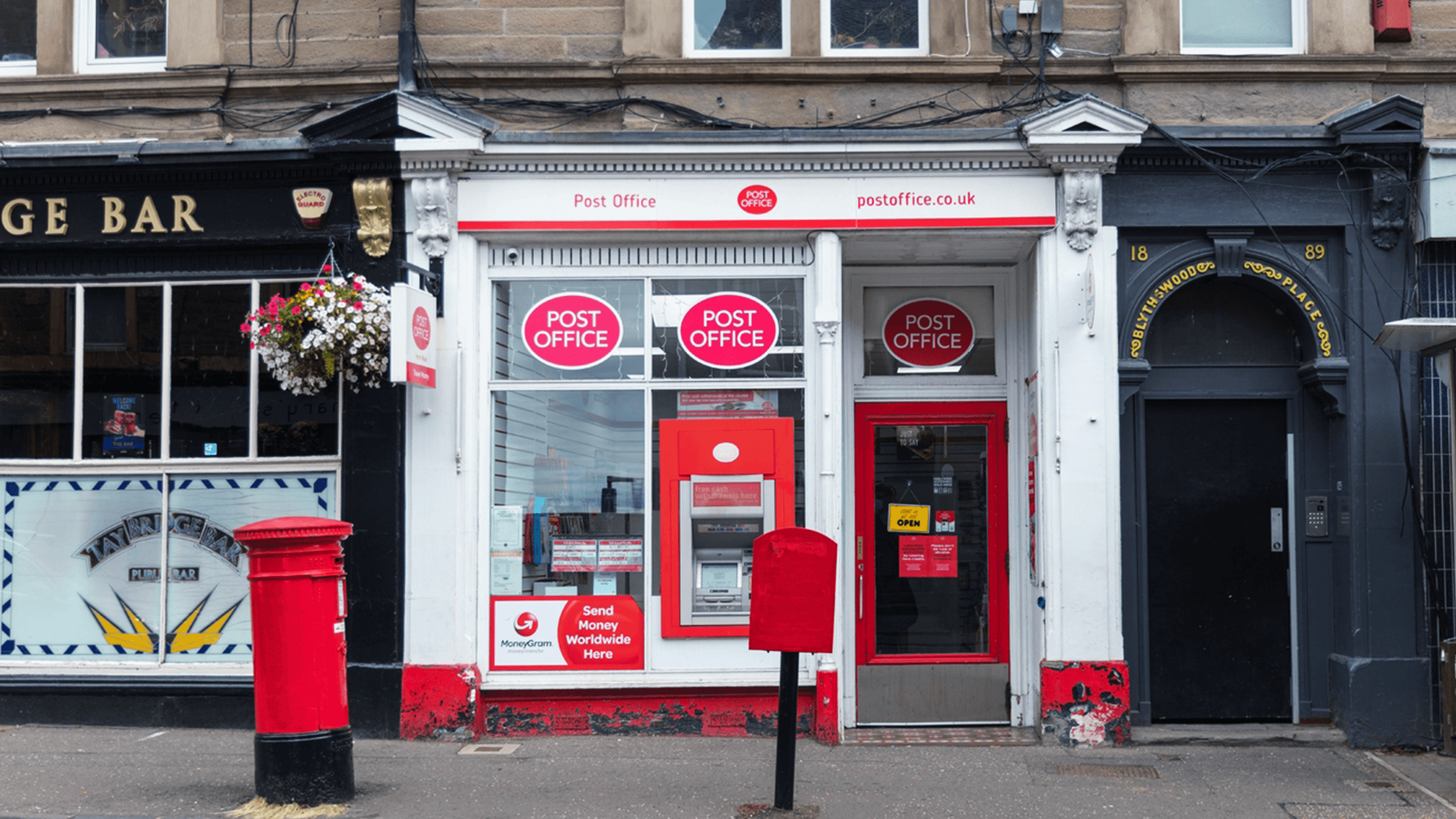Approximately 4.2 billion parcels were delivered in the UK last year. That’s 80.2 million parcels per week, or 11.4 million per day. If my maths is correct, that equates to 132 parcels delivered each and every second! Whichever way you look at the numbers, this is a huge volume of complex deliveries – with the majority of parcels delivered on time and undamaged.
As we move into December, the prime Christmas shopping period, I wanted to take the chance to reflect on the landscape of parcel deliveries today – and how quickly the sector has evolved.
In the past few decades, the parcels delivery market has grown at a rapid rate. Since 2014 – when 1.7 billion parcels were sent – the industry has ballooned by more than 140%, and according to McKinsey, the ratio of letters-to-parcels is expected to shift from 13:1 in 2005 to 1:1 by 2025.
Earlier this week, it was a pleasure to sit down with Nick Read, CEO at the Post Office, to discuss how the landscape of deliveries is changing. With 11,500 branches across the UK, the Post Office plays a unique role in the parcel ecosystem enabling end consumers to send and receive parcels through its branches.

“Put simply, we’re migrating our traditional mail business from letters to parcels,” Nick told me on Tuesday. “Fewer and fewer people are sending letters or cards, so growth at the Post Office means becoming a home for parcels.”
“Put simply, we’re migrating our traditional mail business from letters to parcels” – Nick Read, CEO at the Post Office
But how did we get here? In my mind, there have been three major turning points. First, the widespread adoption of ecommerce, which transformed the way consumers shop and heralded a new era for global logistics.
Second, the introduction of Amazon Prime. Launched in 2005, the tech giant’s signature membership programme offered customers unlimited two-day shipping on more than one million items, raising the bar for what customers expect from ecommerce. Now, businesses which can’t deliver the next day, or at least the same week, are considered unresponsive and slow to most customers.
Third is, of course, the global pandemic. Covid-19 increased immediate demand for parcel delivery: according to US technology company Pitney Bowes, the number of global deliveries exceeded 131 billion in 2020 – a 27% increase from 2019. While the volume of packages has since receded, lockdowns did have a long-term impact on the deliveries landscape, giving rise to new concepts and permanently changing consumer behaviour. Before the pandemic, for example, only 16% of people over 65 used delivery services on a weekly basis. Fast forward to today, and more than two-fifths of this group send or receive deliveries every week.
“Before the pandemic, only 16% of people over 65 used delivery services on a weekly basis. Fast forward to today, and more than two-fifths of this group send or receive deliveries every week.”
Today, seven big players – Royal Mail, Evri, DPD Group, Parcel Force, DHL, Yodel and UPS – are responsible for the vast majority all UK deliveries, with Royal Mail still commanding more than half of market share. For these organisations, success means driving growth and maximising efficiency without losing sight of the customer.
It will be interesting to see if the strikes currently underway at Royal Mail permanently damage the company’s reputation as the consumer-delivery brand for parcels – and whether or not it will continue to be seen as a reliable delivery partner for retailers, particularly at peak Christmas shopping periods. Indeed, there is anecdotal evidence that many retailers and independent sellers are moving their businesses away from Royal Mail to more reliable partners this Christmas (many of Royal Mail’s frontline staff will be striking on the 23rd and 24th December – the busiest period for the company).
Today’s customers definitely have high expectations of parcel delivery companies, demanding a choice of methods to send/receive parcels; flexibility on dates and times; complete oversight of their parcel’s progress; and for their packages to be delivered in rapid time.
To meet these needs, many companies are focusing on automation and AI in fulfilment. In September of this year, for example, Evri opened its new automated parcel distribution hub, which increased the company’s overall parcel processing capacity to 4.2 million parcels a day. Similarly, The Very Group, which has the same owners as Yodel, opened a new automated fulfilment centre last year, which slashed dispatch time down from four hours to thirty minutes, allowing the ecommerce giant to move the cut-off time for ordering next-day deliveries from 7pm to 10pm. We’re also seeing businesses roll out sophisticated package tracking services. DPD’s customer app, for example, allows users to see exactly where their parcel is at any given point, and to change the day or place of delivery from their phone.
The Post Office is looking to capitalise on innovation and investment from all these parcel delivery companies, to offer real choice to the consumer. “Our long-term play is to become a ubiquitous aggregator for parcels,” Nick told me. “So customers – who tell us frequently how much they value choice – can visit their local Post Office, and decide which carrier they’d like to use.” This gameplan is already gaining momentum: after forging its first external partnership in 360 years with DPD in 2021, this month the Post Office announced it was teaming up with Evri to trial in-branch sales, parcel pick-ups, and drop-offs.

While significant thought and investment has been channeled into outbound delivery, the same cannot be said for reverse logistics. Returning parcels to retailers remains a relatively underdeveloped, and consequentially highly costly, process . While there are certainly pockets of innovation – Amazon has developed returns lockers, in-store returns kiosks, and label-free returns – most businesses are still in very early stages. “Returns are a massive cost to retailers,” reflected Nick, “especially in fashion, where the rate of return can be as high as forty percent. Looking ahead, low-cost, automated solutions are the only way to manage returns efficiently.”
“Looking ahead, low-cost, automated solutions are the only way to manage returns efficiently” – Nick Read, CEO at The Post Office
The Post Office will clearly play a massive role going forward in return logistics. Indeed, sending parcels back to retailers has become a major driver footfall into Post Offices across the country. “Historically, the Post Office’s primarily fulfilled a critical role in communities, particularly providing services, and support, to the isolated, elderly, vulnerable and deprived,” reflected Nick. “But now, we’re seeing completely different demographics visiting our branches to send or receive packages.”
“The Post Office is becoming the ubiquitous home for parcels,” he continued, “our network is uniquely convenient for both ends of ‘last mile’, and consumers have total trust in the brand and our postmasters.”
Indeed, 8,000 Post Offices are now used for Amazon click-and-collect, and the Post Office has become the key partner for retailers in their reverse logistics operations: “Low cost, automated solutions are the only way that retailers can manage returns process efficiently and successfully – and the Post Office is the frontline here. With our delivery partners, we will invest capital, space and capability to ensure we offer the right service for customers.”

Leaders in the sector are also faced with navigating how home delivery fits into a more sustainable future. Last-mile delivery represents one of the most polluting and carbon intensive components of the retail supply chain, and the World Economic Forum has estimated that if the rate of online shopping growth continues, emissions from last-mile deliveries will increase by a third by 2030. Swapping to electric vehicles and using alternative, greener, fuels will play a part in becoming more planet-friendly – as will utilising local resources, like the Post Office, fully.
Indeed, Nick’s vision for the Post Office highlights the value of local, community based, institutions: “We’re reinventing the Post Office in a way that will combine commercial with social enterprise. The Post Offices of the future will continue to play an integral role in their local communities – and minimise the impact of last mile delivery and returns”.
With the Royal Mail striking, and several hundred million parcels due to be delivered in this last period of the year, it is a modern-day Christmas miracle that the vast, vast majority of parcels will be delivered on time, undamaged, and to our front doors.
It is hard to imagine UK retail without delivery companies, which play such a critical role in our retail community. So here’s saluting the achievements of Royal Mail, Evri, DPD Group, Parcel Force, DHL, Yodel, UPS, Collect Plus and the Post Office over the Christmas Period. We are all quick to complain on the rare occasion things go wrong with home deliveries – but we shouldn’t forget the billions of occasions when delivery companies get things right!








